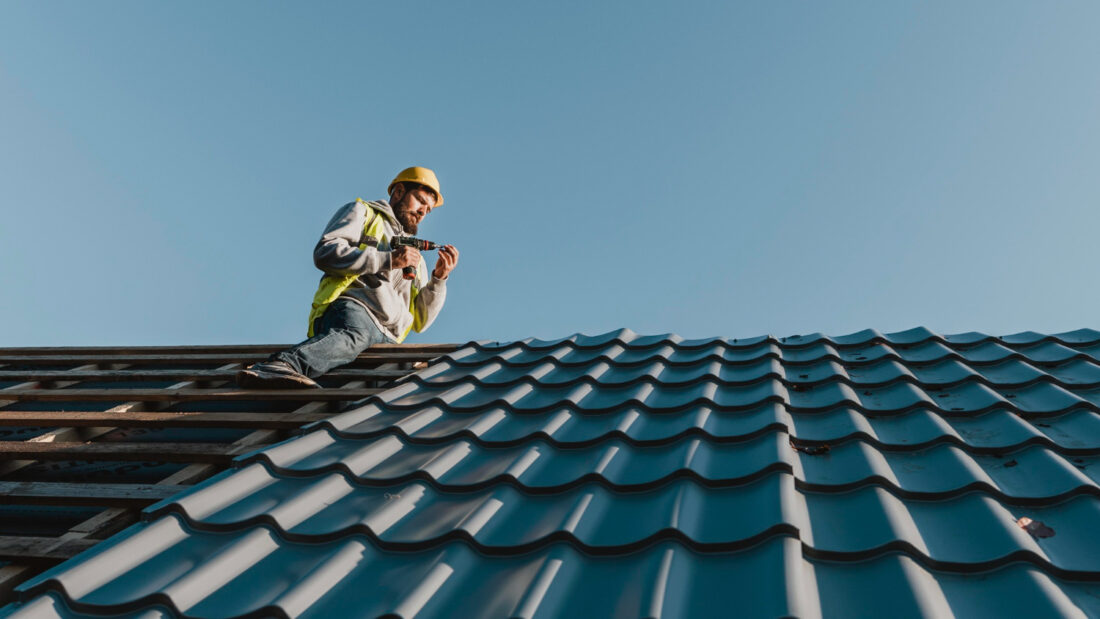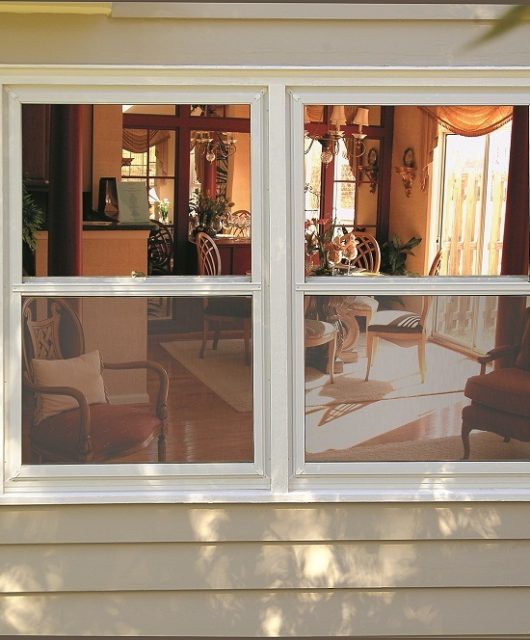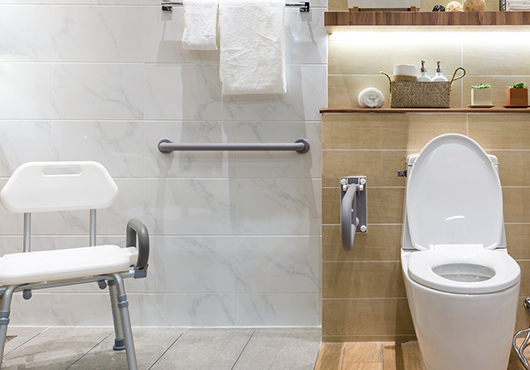Roofing Safety Tips Every Homeowner Should Know

Table of Contents:
- Key Takeaways
- Introduction to Roofing Safety
- Essential Personal Protective Equipment
- The Correct Way to Use Ladders
- Respecting Weather Conditions
- Conducting Regular Roof Inspections
- Recognizing When to Hire a Professional
Key Takeaways:
- Prioritize personal safety equipment and proper ladder usage when working on a roof.
- Be mindful of adverse weather conditions that can introduce additional hazards.
- Regularly inspect and maintain your roof to prevent safety risks.
- Contact a reliable and skilled professional for complex or hazardous roofing tasks.
Introduction to Roofing Safety
Climbing onto your roof may seem like a venture only a ladder away, but it encompasses risks that demand attention and preparation. From the precarious heights to the slippery slopes, each step on your roof must be planned carefully. Safety guidelines are not just for roofing professionals; homeowners must also understand the basics to prevent accidents and injuries. With an increased focus on DIY home repairs, it’s essential to emphasize the importance of safety while encouraging individuals to tackle home improvement tasks responsibly. If in doubt, especially when dealing with complex projects or steep roofing, the expertise of a Bellevue roofer is invaluable.
Essential Personal Protective Equipment
Before attempting any roofing project, arm yourself with personal protective equipment (PPE). A high-impact helmet can prevent head injuries in case of falls or accidental contact with overhead objects. Non-slip boots with solid traction will help maintain your footing. Durable gloves protect your hands from abrasions and cuts, while safety goggles shield your eyes from dust, debris, and other particulates. For those undertaking extensive work or engaging with especially steep or high roofs, a safety harness is critical. When used properly, it can arrest a fall and prevent grave injuries.
The Correct Way to Use Ladders
Accessing your roof typically requires a ladder, a simple yet potentially dangerous tool if mishandled. To maintain safety, ensure the ladder is on stable ground and secured at the top to prevent it from slipping sideways or outwards. It should extend at least three feet over the roof edge to provide a secure grip when transitioning from ladder to roof and back. The Occupational Safety and Health Administration (OSHA) suggests a ratio of 4:1 for ladder angle placement – for every four feet in height the ladder reaches, it should be one foot away from the wall. Remember always to maintain a three-point contact with the ladder to maximize stability.
Respecting Weather Conditions
A clear, calm day is the ideal time for roof work. Weather conditions significantly influence the safety of roofing activities. Wet conditions, such as rain or snow, can make for a treacherous surface, while winds have the potential to disbalance even the most sure-footed individuals. Furthermore, working under the sweltering sun can increase the risk of heatstroke and dehydration. Monitoring the weather leading up to your roofing project is not just advisable but must.
Conducting Regular Roof Inspections
A consistent roof inspection schedule is key to maintaining its condition and intercepting minor issues before they escalate to costly and dangerous levels. Regular checks for broken shingles blocked gutters, and cracks are instrumental in preemptive maintenance. Remove any debris, such as branches or leaves, that could clog downspouts or accumulate moisture, leading to rot or mold. Clean, well-maintained roofs are less hazardous to work on and prolong the life of your roofing materials.
Recognizing When to Hire a Professional
No matter how many tutorials you’ve watched or articles you’ve read, some roofing tasks should be left to professionals. This is particularly true if your roof has a steep incline, shows signs of structural issues, or requires extensive repairs. A professional roofing contractor brings skills honed through years of experience and adherence to safety regulations that guarantee the job is executed well and safely. Furthermore, they are equipped to handle unexpected challenges during the project. Knowing when to employ the expertise of a professional roofer is crucial for your safety and the integrity of your home.
Conclusion
Roofing work is inherently hazardous, and the importance of safety measures cannot be overstated. A combination of the correct protective gear, careful monitoring of weather conditions, and regular maintenance can contribute significantly to a safe roofing experience. In instances beyond general upkeep, recognizing and employing the expertise of a professional roofer can make all the difference. Be prepared, stay vigilant, and respect the risks associated with roofing to ensure your safety and the longevity of your roof.









